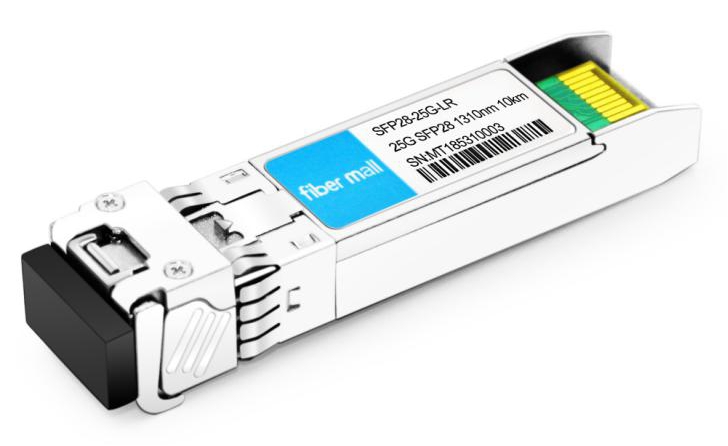Table of Contents
Introduction
In the world of networking, transceivers play a crucial role in enabling data transmission over networks. From small-scale local area networks (LANs) to large-scale data centers, transceivers such as SFP, SFP+, and QSFP28 provide the necessary connectivity and flexibility for efficient data transfer. In this article, we’ll delve into the unique characteristics and applications of these transceiver modules and explore their relationship with network switches.
Understanding Transceivers
Transceivers are small electronic devices that enable the transmission and reception of data over network infrastructure. They act as the interface between networking devices, such as switches or routers, and the fiber optic or copper cables that carry the data. Transceivers typically consist of a transmitter, receiver, and a control interface that enables communication with the host device.
Small Form-Factor Pluggable (SFP) Transceivers
SFP transceivers, also known as mini-GBIC (Gigabit Interface Converter), were one of the first standardized transceiver modules. They support data rates up to 1 Gbps and are commonly used in Ethernet switches, routers, and network interface cards (NICs). SFP transceivers are hot-swappable, meaning they can be inserted or removed while the network is operational, facilitating easy maintenance and scalability.
SFP+ Transceivers
SFP+ transceivers evolved from SFP modules to meet the demand for higher data rates. They support data rates up to 10 Gbps, making them suitable for 10 Gigabit Ethernet applications. SFP+ transceivers are backward compatible with SFP slots, allowing network administrators to upgrade their networks gradually.
Quad Small Form-Factor Pluggable 28 (QSFP28) Transceivers
QSFP28 transceivers are designed for ultra-high-speed networking applications, supporting data rates up to 100 Gbps. These transceivers use four parallel lanes to achieve these speeds, making them ideal for data centers and high-performance computing environments. QSFP28 transceivers can be used for various protocols, including Ethernet, InfiniBand, and Fibre Channel.
The Role of Network Switches
Network switches are essential devices in modern networks. They connect multiple devices within a network and facilitate the exchange of data packets between them. Switches typically have multiple ports, allowing devices to connect via Ethernet or fiber optic cables. Transceivers are used to link the switch ports to the network infrastructure, enabling seamless data transmission.
Transceiver Compatibility with Network Switches
Network switches often support multiple transceiver types, allowing network administrators to choose the appropriate transceiver based on their requirements. For example, a switch with SFP ports can accommodate both SFP and SFP+ transceivers, providing flexibility when scaling up network bandwidth. Similarly, switches with QSFP28 ports can support QSFP+ and QSFP28 transceivers, enabling easy upgrades.
Flexibility and Scalability
The ability to mix and match different transceiver types within a network switch provides network administrators with flexibility and scalability options. It allows them to optimize network performance, balance costs, and adapt to changing network demands. As technology evolves, new transceiver types will continue to emerge, offering even higher data rates and improved capabilities.
Conclusion
Transceivers, such as SFP, SFP+, and QSFP28, are integral components of modern networking infrastructure. They enable efficient data transmission over networks, supporting various data rates and protocols. By understanding the unique characteristics and applications of these transceivers, along with their compatibility with network switches, network administrators can design
